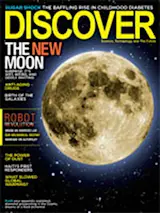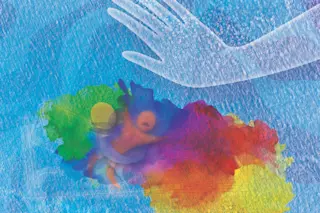The longest human tongue on record stretches 3.86 inches from lip to tip. That may not seem like much compared with the tongue of the giant anteater (two feet long) or of the Morgan’s Madagascan sphinx moth (a disturbing seven times as long as its entire body). But stubby though it may be, the human tongue is a remarkably versatile organ. It can contort into nearly limitless shapes, allowing us to chew, swallow, and carry on a good conversation. When we eat, it translates the chemistry of our food into electrical impulses for our brain. In a pinch, it can even assist with vision and mobility: engineers are refining tongue-controlled systems to help blind people see and allow paralyzed people to operate a wheelchair. Through wide-ranging research, scientists are gaining a newfound appreciation for the marvels of this multitasking organ.
ROUGHING IT The surface of the tongue is studded with ...














